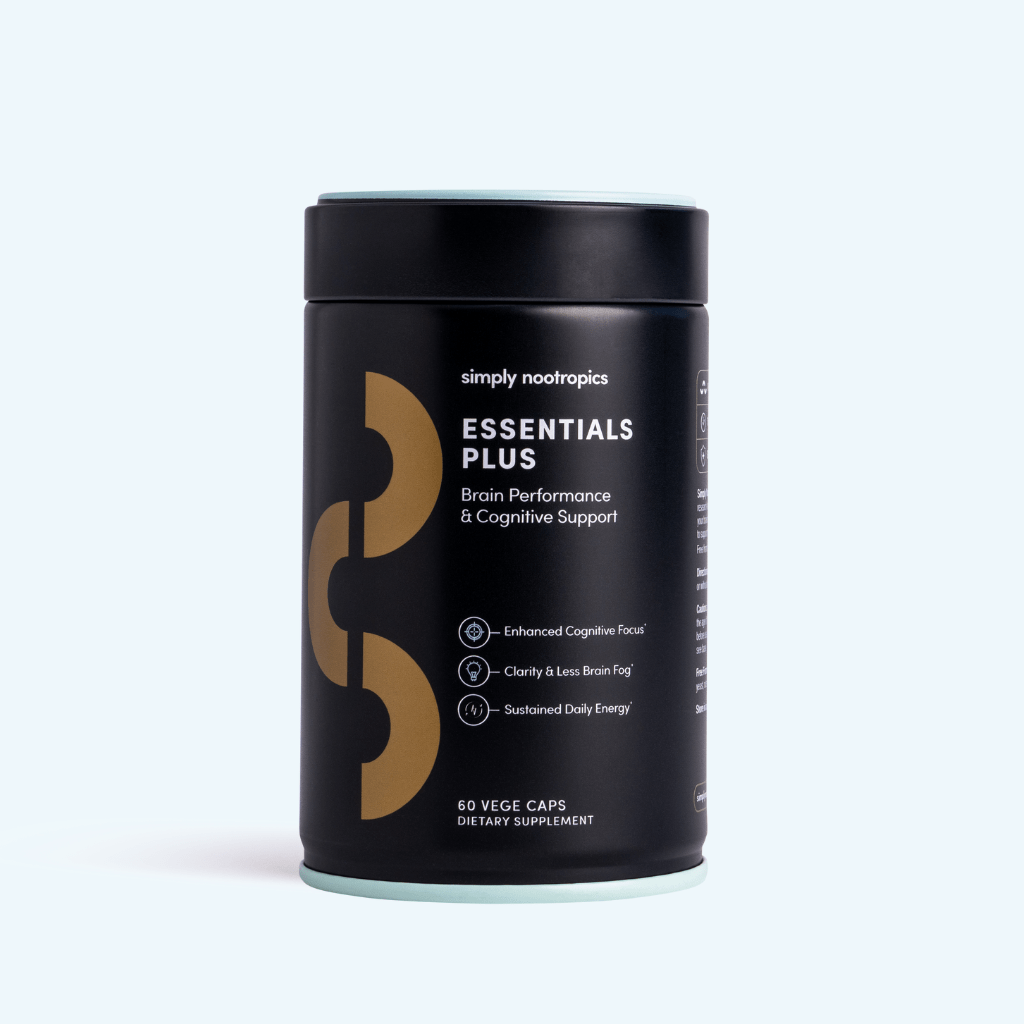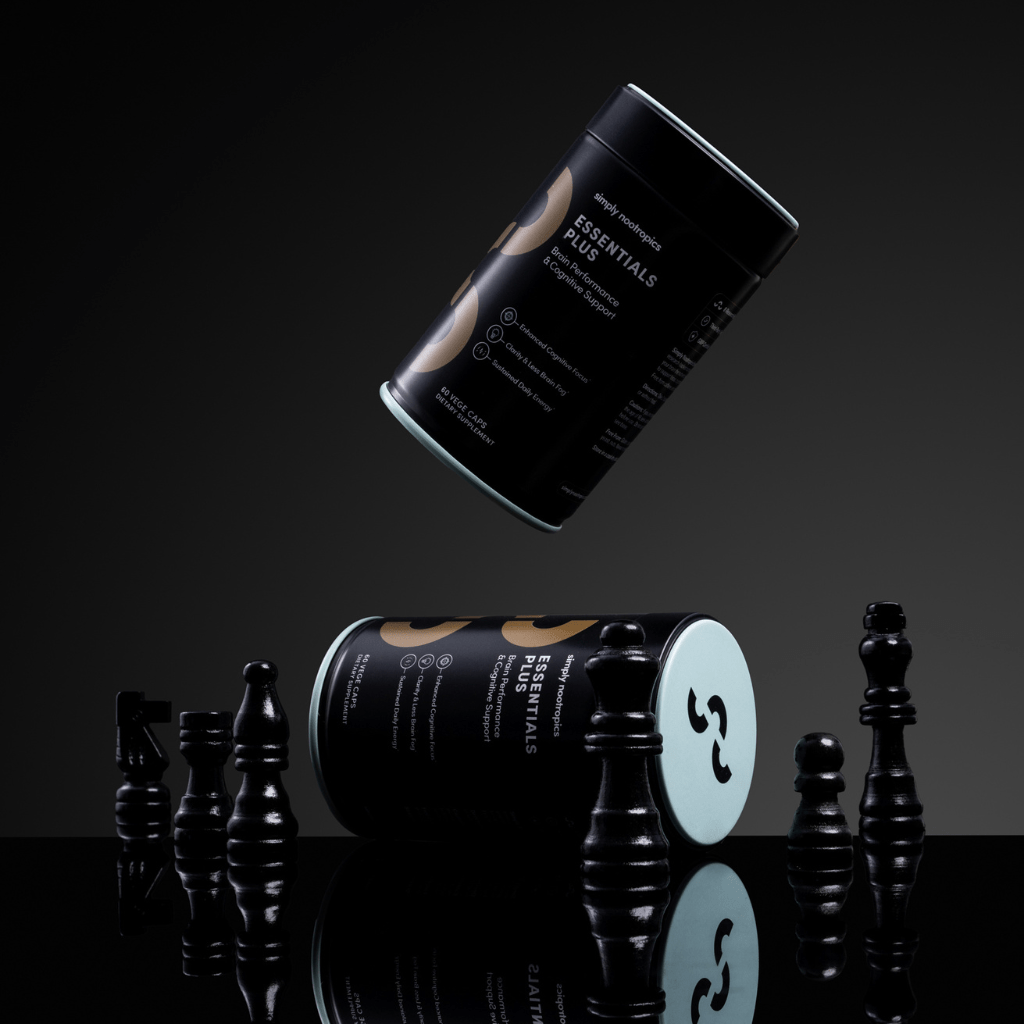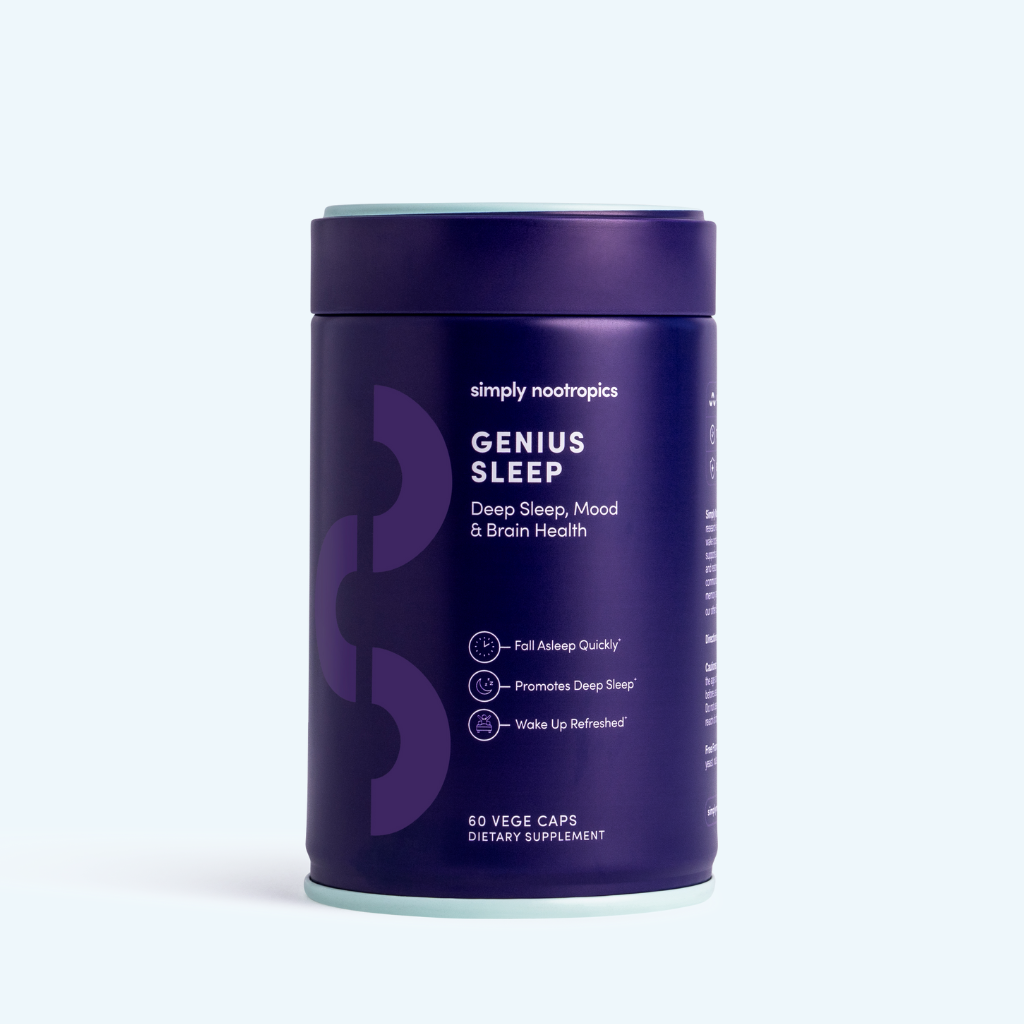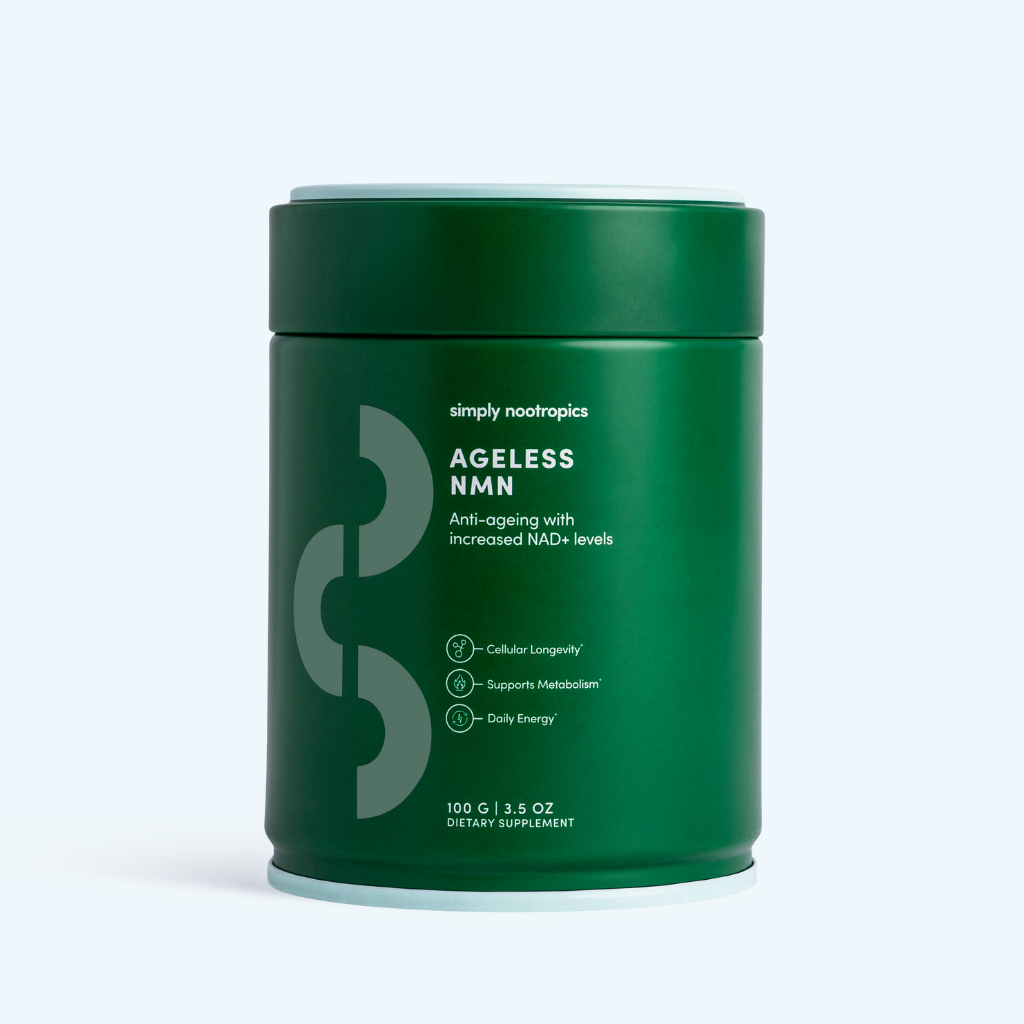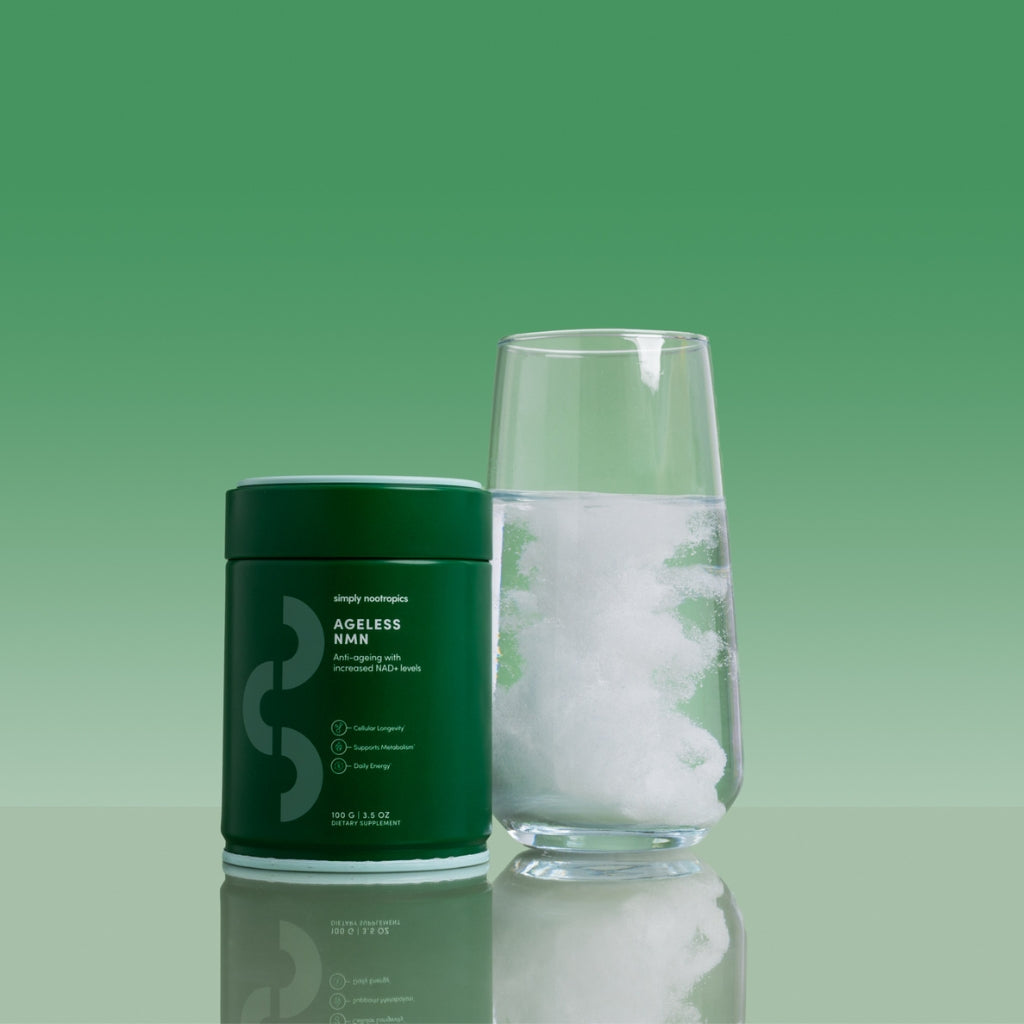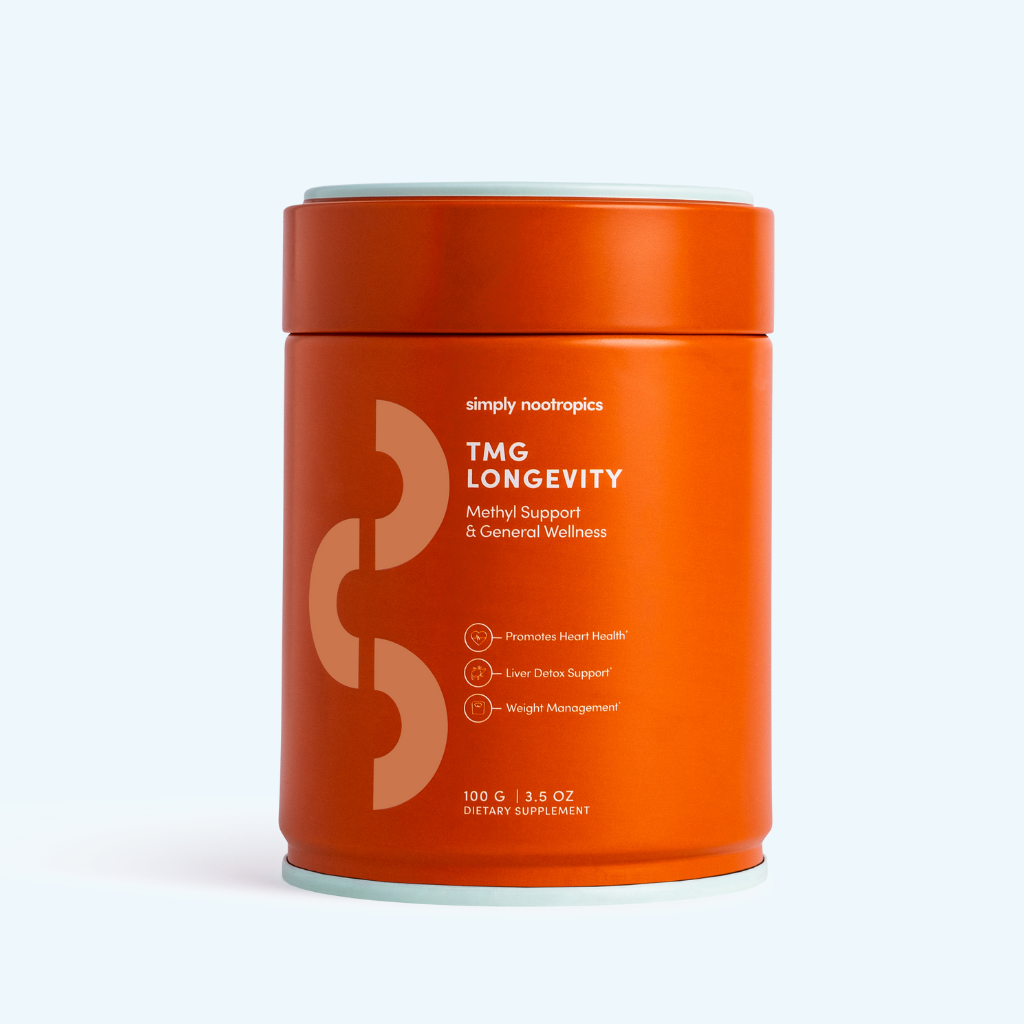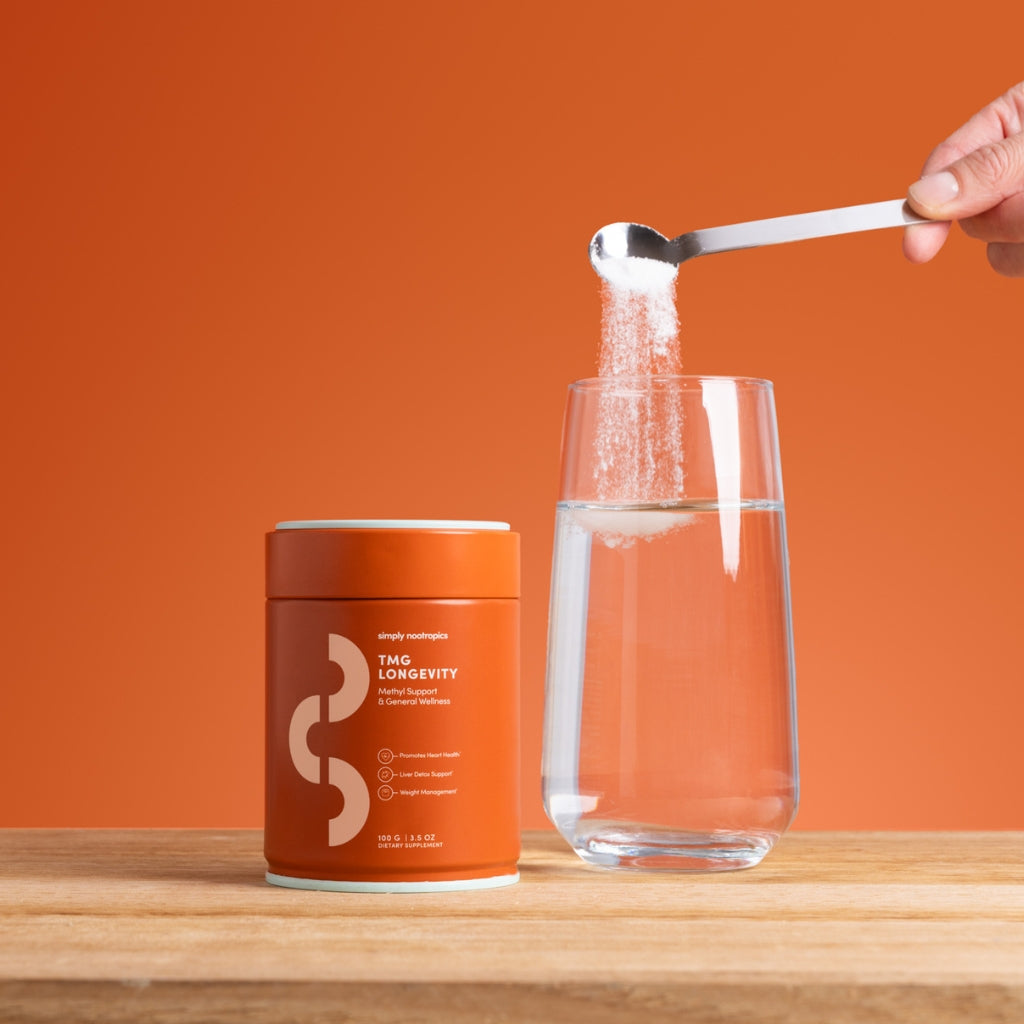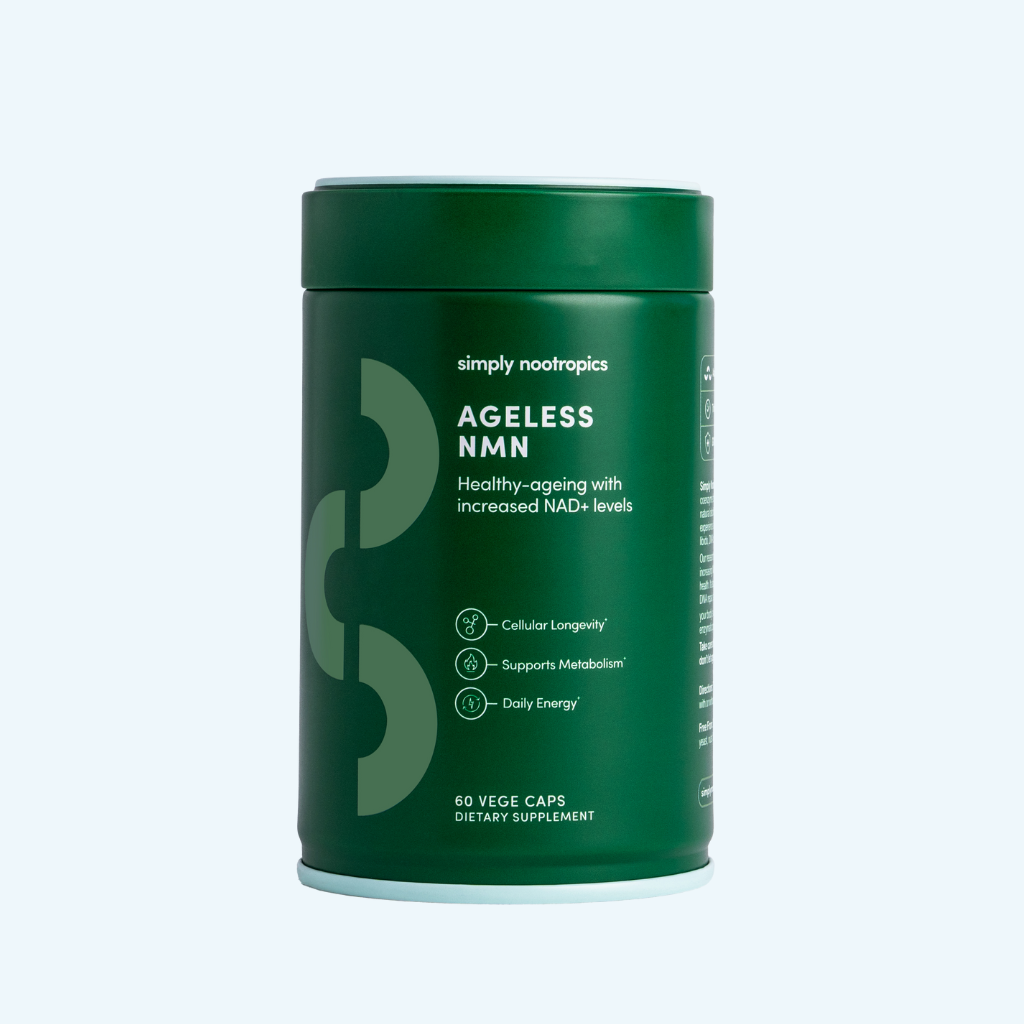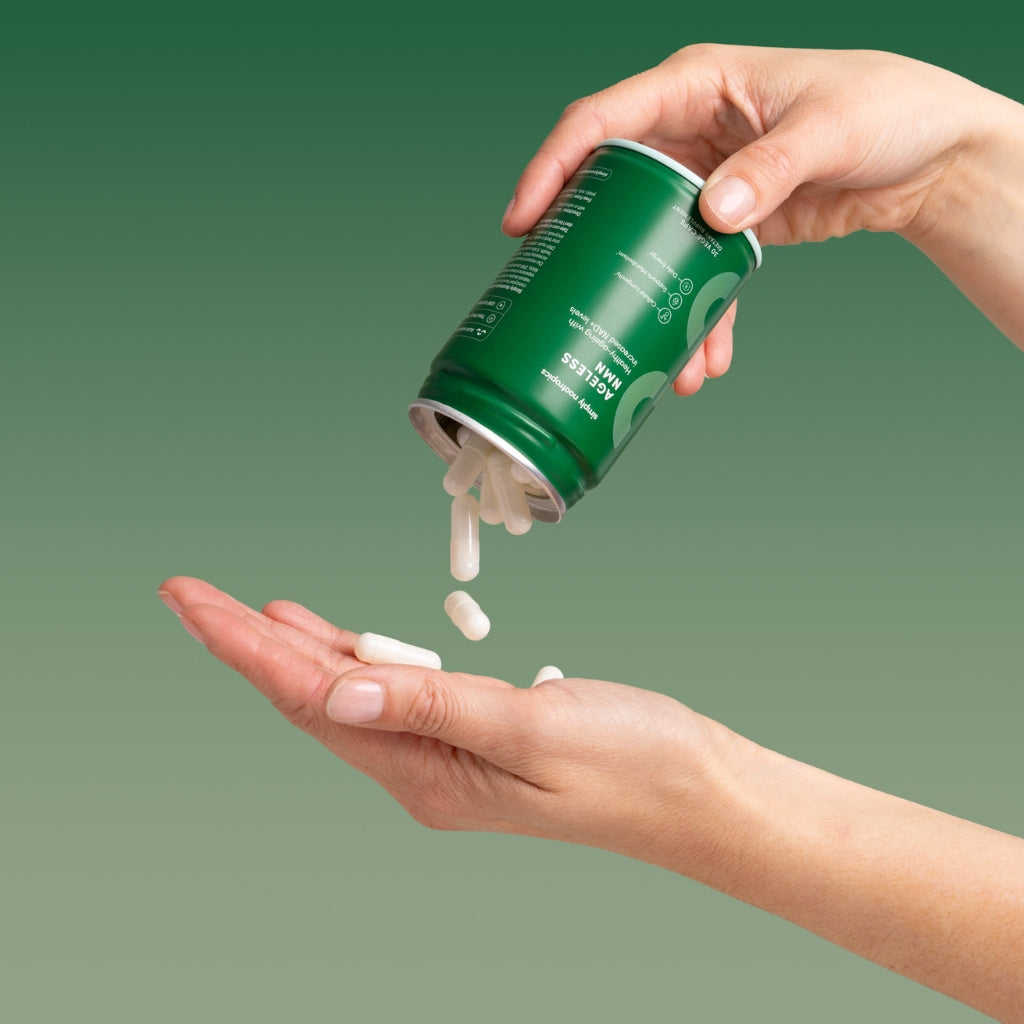Here we are with another edition of Longevity News! Today, we’re covering new research on standing desks, a promising breakthrough in blood diagnostics, pain management solutions for workers, and natural ways to keep your energy up featuring Rhodiola Rosea.
Are Standing Desks Really Good for Your Heart?
We’ve all heard that “sitting is the new smoking,” and standing desks have been touted as a healthier alternative to sitting all day. But recent research suggests that standing desks may not be the heart-healthy solution we thought they were.
A study recently published found that while standing does help combat the negative effects of prolonged sitting, standing for extended periods can also pose risks. The research indicates that standing for too long might increase the risk of developing cardiovascular issues, including varicose veins, higher blood pressure, and overall heart strain.
The key takeaway? Balance is critical. Instead of standing for hours on end, experts recommend alternating between sitting, standing, and moving around throughout the day. It’s important to incorporate movement breaks, like taking a quick walk or stretch every 30 minutes can help ease the strain on both your legs and your heart. Small habits like standing during phone calls or switching between a sitting and standing desk setup can also prevent the negative effects associated with both positions.
Plus, remember that posture plays a huge role in how your body responds to long hours at a desk. If you're standing, make sure to distribute your weight evenly between both legs, and if you're sitting, opt for a chair with proper lumbar support to maintain good posture.
Rapid Diagnostics: Bedside Blood Results in 10 Minutes
We all know the anxious wait for blood test results, especially when they could impact a critical health decision. However, a new innovation in blood diagnostics is set to revolutionise healthcare by delivering bedside blood test results in just 10 minutes.
Researchers have developed a sound-based portable diagnostic device that uses microfluidic technology to analyse blood samples quickly and with high accuracy. This could really be revolutionary, particularly in emergency settings where every second counts. Conditions like sepsis, infections, and even metabolic disorders could be diagnosed on the spot, enabling doctors to start treatments immediately rather than waiting hours or days for lab results.
For ageing populations or those managing long-term health conditions, quicker access to accurate blood test results could make routine doctor visits much more efficient. While we await its broader rollout in hospitals and clinics, this is certainly an advancement worth keeping an eye on.
Pain Relief Without Pills
For construction workers and others in physically demanding jobs, chronic pain is a widespread issue. While medication is often the go-to solution, a recent survey revealed that many workers are turning to nonpharmacological treatments to manage their pain.
The survey results showed that workers found significant relief through physical therapy, ergonomic adjustments, and cognitive behavioural therapy (CBT). Workers mentioned that these approaches not only helped reduce their pain but also improved their overall quality of life.
In particular, respondents noted that physical therapy helped them regain mobility and strength, while ergonomic adjustments in the workplace, like better seating and improved tools, helped prevent pain from returning.
Those who used CBT said it helped them shift their mindset around pain, making it easier to cope with discomfort on a daily basis. Workers expressed that by addressing the root causes of pain and combining physical and mental strategies, they were able to continue working without relying on pain medication, reducing the risk of long-term dependence or side effects.
Natural Ways to Boost Your Energy
Adopting sustainable habits can help maintain your energy levels throughout the day. Here are a few of the most effective tips:
- Start with a Balanced Breakfast: Don’t skip breakfast! A meal that includes a healthy balance of protein, fibre, and healthy fats can keep your energy steady until lunchtime. Foods like eggs, whole grain toast, or oatmeal topped with nuts and fruit are great choices.
- Include Micro-Movement: Along with traditional exercise, try “micro-movement” throughout your day. This could be standing on one leg while brushing your teeth or stretching during phone calls. These small bursts of movement can break up long periods of inactivity and help maintain your energy levels.
- Try the Pomodoro Technique: Use focused work sessions (like the 25-minute Pomodoro technique) followed by short breaks to refresh your brain and prevent burnout. This can improve productivity and help maintain energy levels without leaving you feeling drained.
- Rhodiola Rosea: Known as a natural energy booster, Rhodiola Rosea is an adaptogenic herb that balances cortisol, the hormone associated with stress, so you feel more alert without the jitteriness of caffeine.

